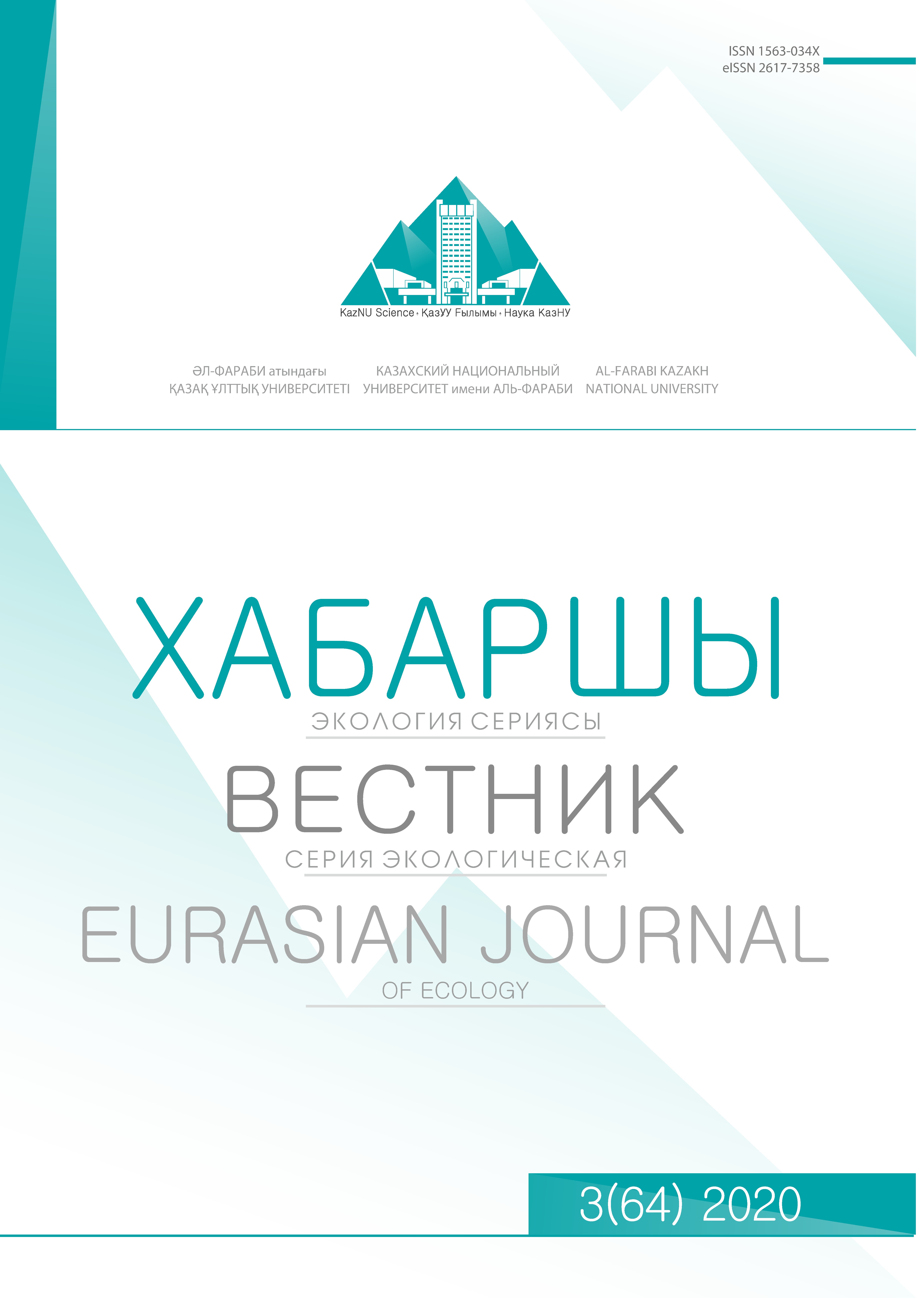Радиоэкологические исследования г. Каракол Иссык-Rульской области
DOI:
https://doi.org/10.26577/EJE.2020.v64.i3.07Аннотация
The main criterion for the Issyk-Kul region is the balanced socio-economic development of the region, compliance with environmental standards in order to preserve biodiversity, landscapes and natural
ecosystems. The city of Karakol is the administrative and cultural center of the Issyk-Kul region, ensuring
radioecological safety is a prerequisite for the quality of the environment for the sustainable development of the region. The purpose of the work is a radioecological assessment of the environment of the
city of Karakol. The exposure dose rate of the background radiation was determined by the method
of pedestrian gamma-survey, the specific activity of radionuclides in the soil was determined by the
gamma-spectrometric method of analysis. Erica tool 1.3 software was used for absorbed dose levels and
assessment of radiation risks. According to the research results, it was found that the level of the exposure dose of gamma radiation does not exceed the permissible norm and varies in the range of 16-25
μR / h. The specific activity of radionuclides in the soil (238U, 232Th, 40K, 137Cs) is within natural values,
the absorbed dose level and radiation hazard coefficients do not pose a threat to living organisms. The
obtained research results significantly supplement the databases of radioecological monitoring of natural
and technogenic ecosystems in Kyrgyzstan and are of great value for the nature protection structures of
the region.
Key words: radiation background, radionuclide, soil, specific activities




